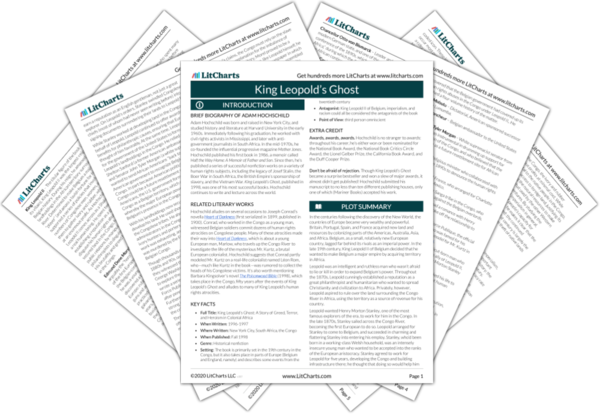Throughout the 19th century, European countries colonized and developed territories of Africa, America, Asia, and Australia. In many cases, the European colonists claimed that they had a legal right to do so. However, the European powers’ legal claim to the land was highly questionable, because the native people with whom they made the deals didn’t always fully understand what they were signing—for example, many of the African chiefs who “agreed” to give up their land didn’t understand what a contract was. The fact that Stanley worked quickly and used the lure of alcohol to close deals suggests that he must have known that his behavior was unethical.
